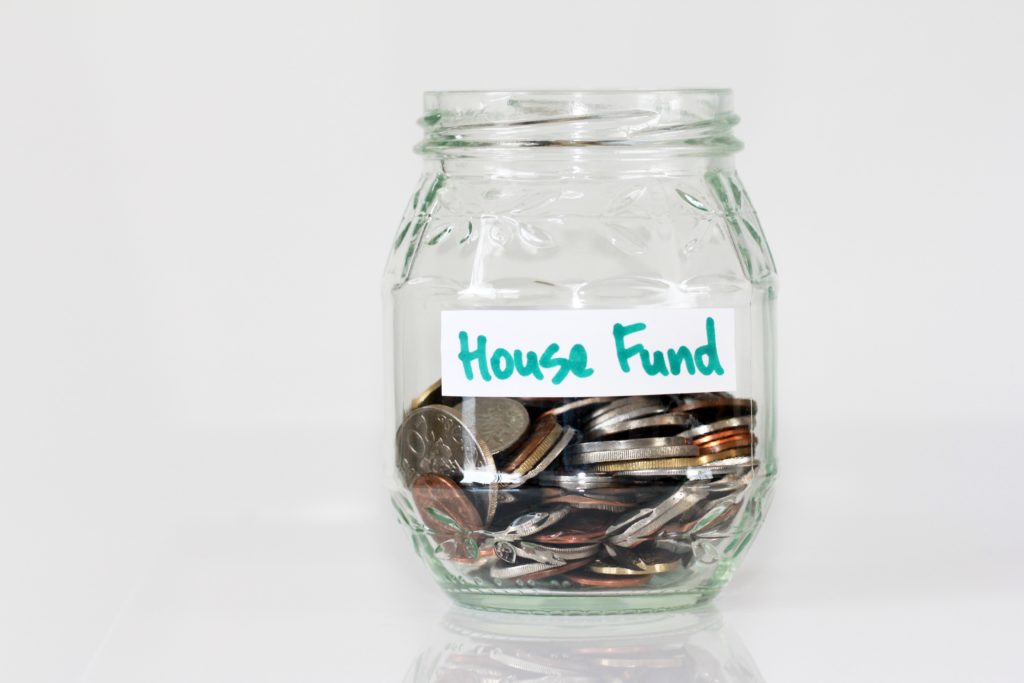Take money out of your RRSPs or go into debt?
5th June, 2020The best options when facing a cash crunch. Mark Ting discusses when to dip into your RRSPs.

Many Canadians financially affected by COVID-19 are struggling to make ends meet. One such person, Niklas, wrote to me wondering whether it is better to withdraw money from his Registered Retirement Savings Plan (RRSP) or use credit to cover his monthly shortfall.
Niklas had a well-paying job in the film industry before being laid off in March. While grateful for the government’s $2,000 CERB benefit, it isn’t enough to cover all of his monthly expenses. He has some savings but his emergency fund is expected to run dry by the end of June. He is debt-free, other than a mortgage, and he has access to a line of credit at a rate of prime plus 0.5 per cent.
Niklas’s first step should be to reduce his monthly expenses. I suggested that he review all expenses and defer, or eliminate, as many as possible. Simply deferring his car and mortgage payments might free up enough cash to eliminate his shortfall.
Next, he can consider using his RRSPs. For an RRSP to be an effective tax planning tool, contributions should be made when the contributor is in a high tax bracket, usually when they are working, and withdrawals made when in a lower tax bracket — often during retirement.
That said, if someone experiences a sudden loss of income pre-retirement and they drop into a low tax bracket, tapping into their RRSPs can make sense.
Niklas earned over $160K/year before he was laid off. If the film industry reopens soon, which it is rumoured to do, he will return to work and would have only had to rely on the CERB benefit for a couple of months. Under these circumstances, I would not recommend withdrawing funds from his RRSP as any amount withdrawn would be added to his annual income and would be taxed at approximately 40 per cent. I would prefer that he use his line of credit to cover his temporary shortfall and then quickly pay it back as soon as he is back to work.
Niklas is lucky as he has savings and a well-paying job that is expected to restart in a matter of weeks. However, the circumstances for those who work — or worked — in the retail, hospitality or tourism industries is much different; these industries were hit the hardest by COVID-19 and to make matters worse, these sectors are expected to be the slowest to recover.
For those whose employment prospects are more challenging, and who expect their 2020 income to be much lower than previous years, if they have RRSPs, making a withdrawal is often preferable over relying on lines of credit or credit cards.
The lower the tax bracket, the stronger the argument is for using RRSPs.
Also muddying the “using credit versus RRSPs” debate is a C.D. Howe Institute proposal that would temporarily allow Canadians to make tax-free RRSP withdrawals on the condition that they re-pay the money within a certain period of time.
An example of how this might work is if someone were to withdraw $10,000 tax-free this year — then he/she could repay $1,000 to their RRSP each year over the next 10 years.
There are similar programs already in existence where tax-free withdrawals can be used for the purchase of a home or to pay for post-secondary education.
If the CRA were to adopt the recommendation, I would consider it a win for Canadians as it allows for better tax planning strategies.
In the end, Niklas managed to reduce his expenses by 60 per cent, which meant he didn’t need to access funds from his RRSPs or lines of credit.
Before making a final decision I would recommend talking to a financial advisor; using credit rather than RRSP funds isn’t a simple decision and there are always exceptions and other variables to consider.
Originally published in CBC’s Opinion section.